Jesus Toast
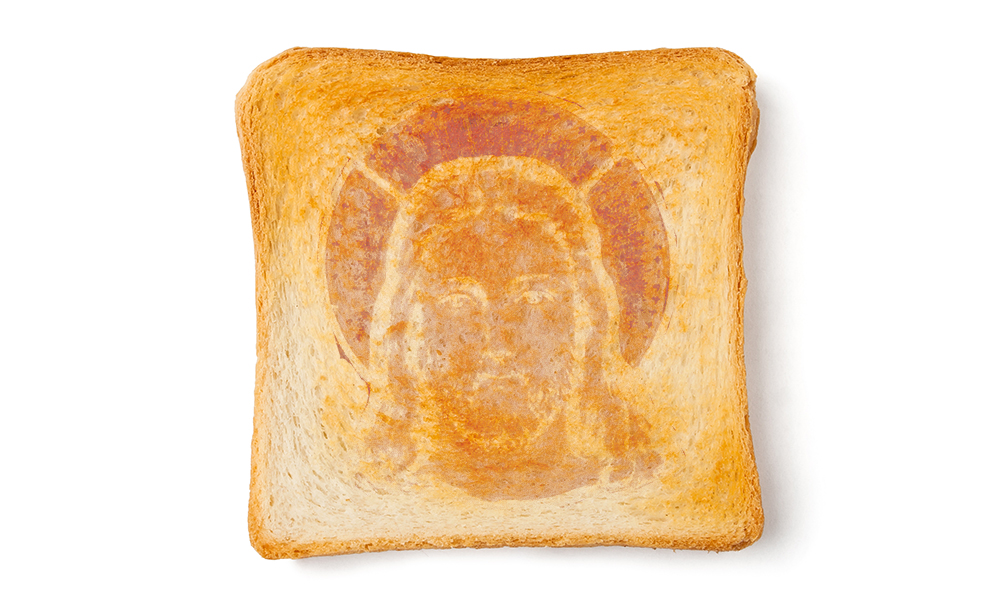
People have always found faces and patterns in unusual places, a phenomenon known as pareidolia. Though this image of Jesus on toast is doctored, a grilled cheese sandwich with the image of the Virgin Mary sold for $28,000 on eBay in 2004.
Shroud of Turin
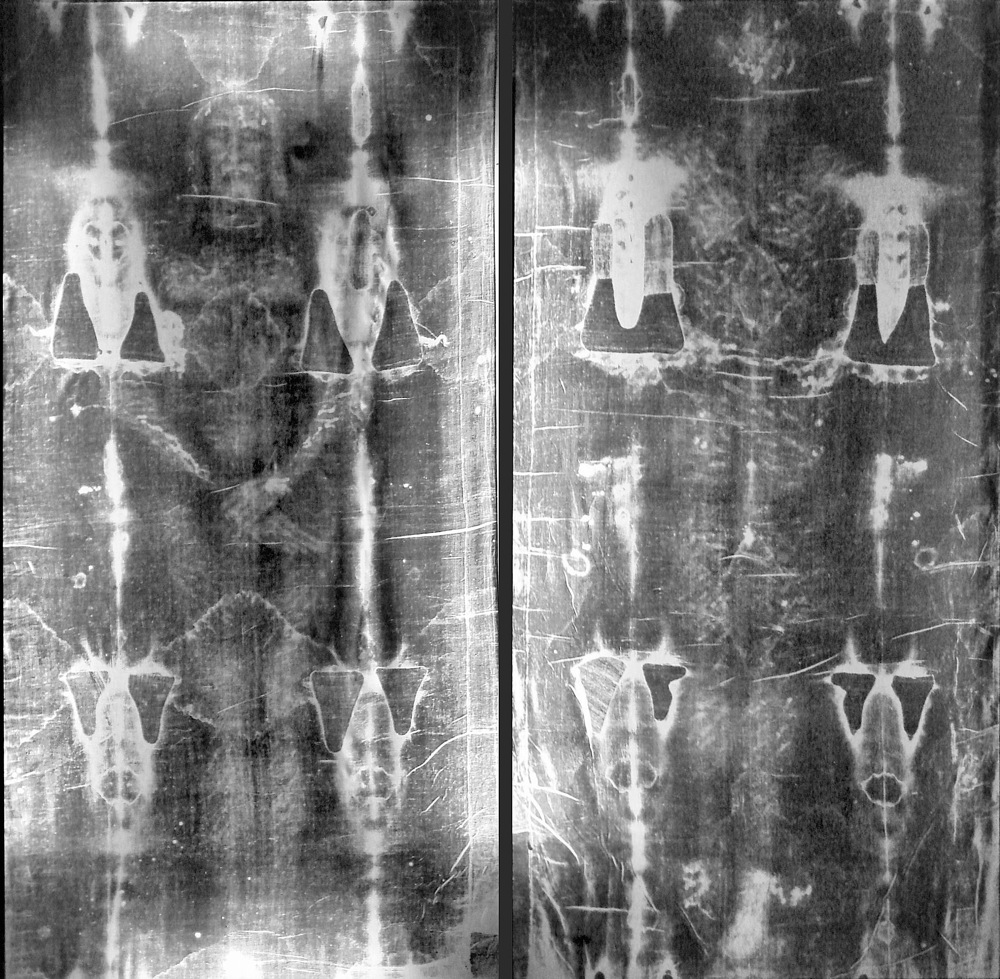
One of the most famous examples, the Shroud of Turin is reputed to hold the image of Jesus's face and body
Bucegi Sphinx

The natural rock formation known as the Bucegi sphinx in Romania looks a bit like the Egyptian monuments.
Face on Mars
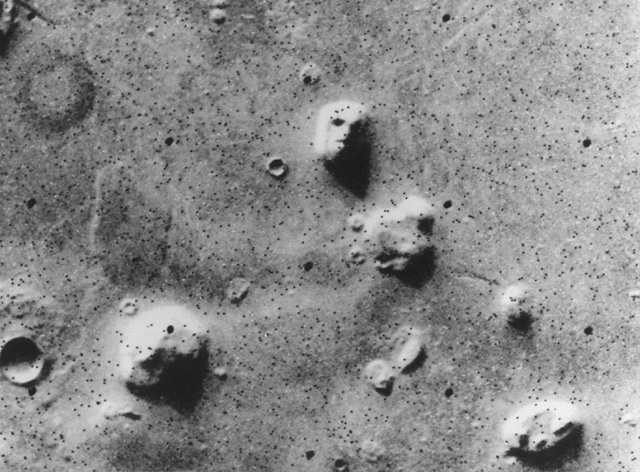
But nowadays, some of the most common places to find these faces is in the shadowy images from space. Here, a photo shows that looks like a face on Mars.
Face on a comet
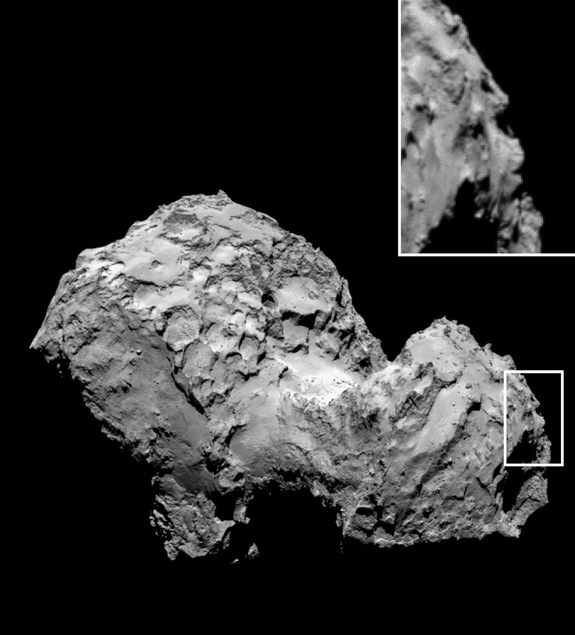
The most recent example of pareidolia is this face on the right hand side of comet 67P/Churyumov-Gerasimenko , which was snapped by the European spacecraft Rosetta on Aug. 3, 2014.
Rabbit in the Moon
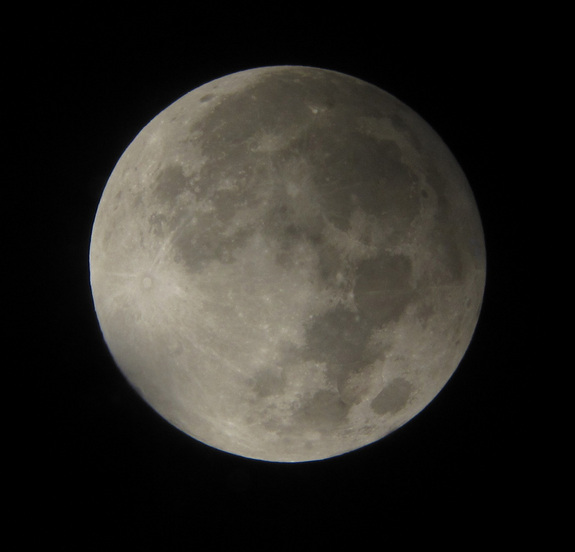
In this image, the so-called Rabbit in the Moon is upside-down, with his ears pointing downward.
Gandhi on Mars
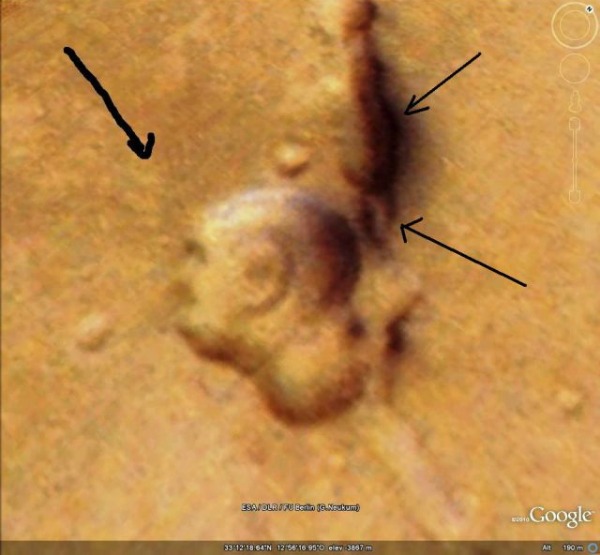
A Martian surface feature that one man says looks like the profile of Mahatma Gandhi.
Sign up for the Live Science daily newsletter now
Get the world’s most fascinating discoveries delivered straight to your inbox.
Smiley face on Mars

An image captured in 2006 revealed what looked like a smiley face on Mars.
Hand of God
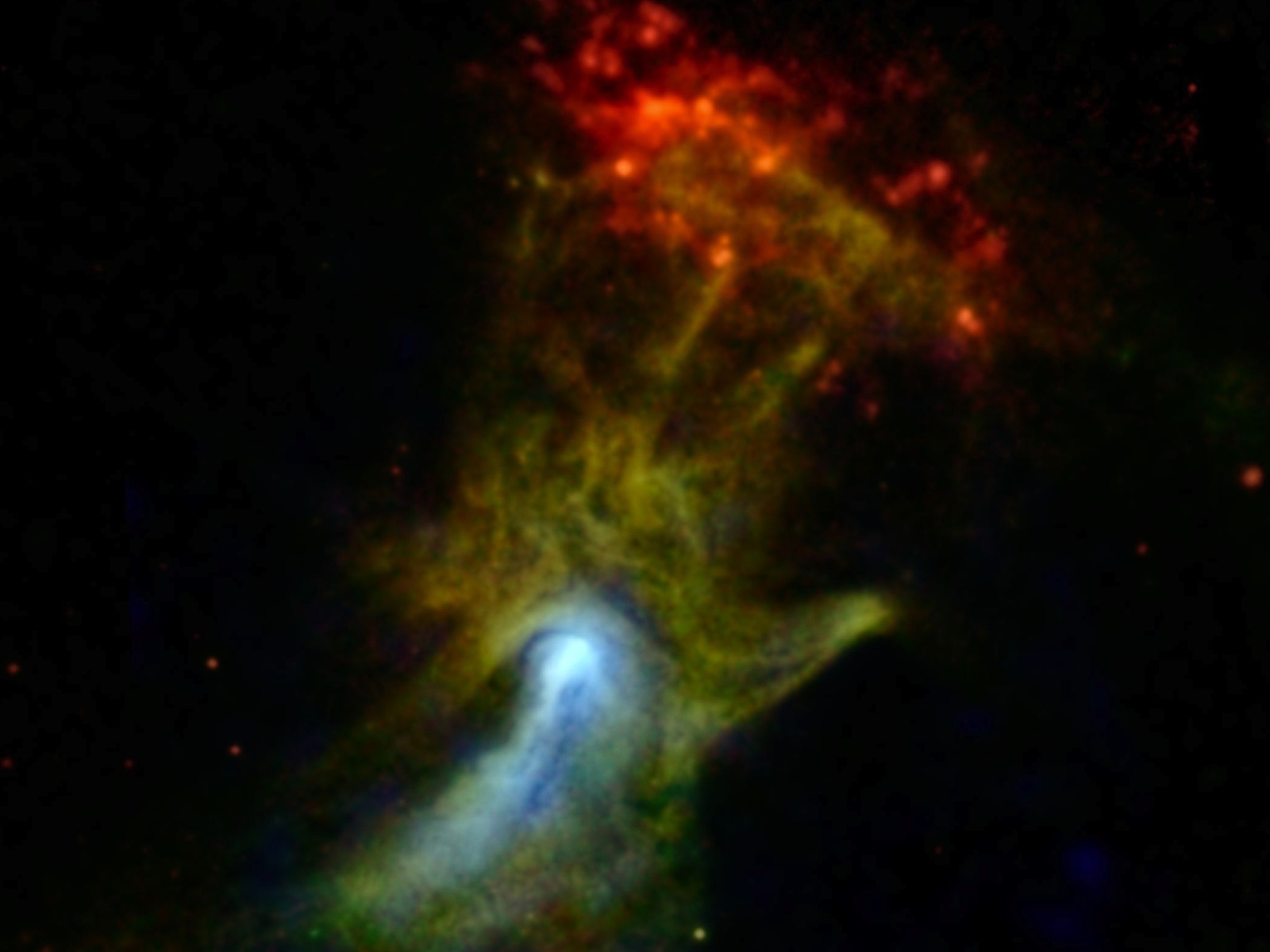
The stunning space wallpaper depicts a pulsar wind nebula, produced by the dense remnant of a star that exploded in a supernova. What's left behind is a pulsar, called PSR B1509-58 (B1509 for short).

Tia is the managing editor and was previously a senior writer for Live Science. Her work has appeared in Scientific American, Wired.com and other outlets. She holds a master's degree in bioengineering from the University of Washington, a graduate certificate in science writing from UC Santa Cruz and a bachelor's degree in mechanical engineering from the University of Texas at Austin. Tia was part of a team at the Milwaukee Journal Sentinel that published the Empty Cradles series on preterm births, which won multiple awards, including the 2012 Casey Medal for Meritorious Journalism.









